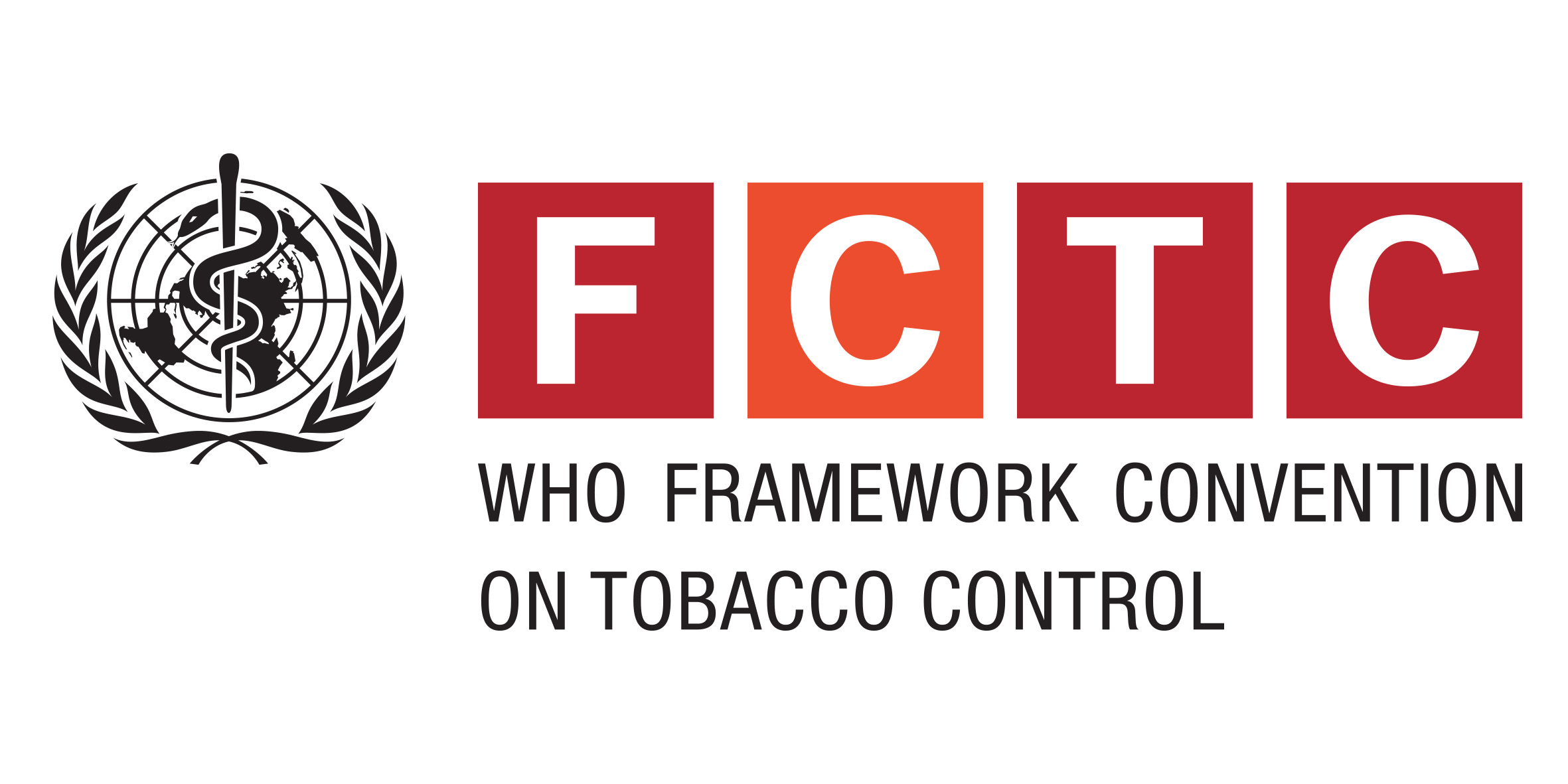Journal Article
Print(0)
International journal of food microbiology
Int.J.Food Microbiol.
15-Aug
133
3
286
291
JID: 8412849; 0 (DNA, Bacterial); 0 (DNA, Fungal); 0 (Dietary Fats); 8029-34-3 (Butter); 2009/02/09 [received]; 2009/06/06 [revised]; 2009/06/08 [accepted]; 2009/06/17 [aheadofprint]; ppublish
Netherlands
1879-3460; 0168-1605
PMID: 19577815
eng
Journal Article; IM
10.1016/j.ijfoodmicro.2009.06.003 [doi]
Unknown(0)
19577815
Ghee is widely produced from a traditional fermented butter-like product named mashita in western Uganda. However, no detailed studies have been done to identify the microorganisms involved in mashita fermentation. The aim of this study was to identify the microorganisms present at the end of mashita ripening using culture-dependent and culture-independent techniques. The most commonly identified species of lactic acid bacteria (LAB) in mashita using culture-dependent techniques were Lactobacillus paracasei, Lactobacillus helveticus, Lactobacillus plantarum and Lactobacillus perolens constituting 37.3%, 10.1%, 8.1% and 7.7% of total bacterial colonies isolated respectively. L. paracasei was the only bacterial species identified in all mashita samples by culture-dependent technique. Two of the four most commonly isolated LAB species (L. helveticus and L. plantarum) were also identified in mashita by a culture-independent method (PCR-DGGE). Other main LAB species identified in mashita by PCR-DGGE were Bifidobacterium sp., Enterococcus faecium, Lactobacillus brevis, Lactobacillus acetotolerans, Lactobacillus sp., Lactococcus raffinolactis, Lactococcus lactis subsp. lactis and Streptococcus salivarius. The main species of acetic acid bacteria (AAB) identified in the mashita using PCR-DGGE method were Acetobacter aceti, Acetobacter lovaniensis, Acetobacter orientalis and Acetobacter pasteurianus. PCR-DGGE identification of yeasts showed that Brettanomyces custersianus, Candida silvae, Geotrichum sp., Issatchenkia occidentalis, Issatchenkia orientalis, Kluyveromyces marxianus, Saccharomyces cerevisiae, and Trichosporon asahii were main yeast species in mashita. A. lovaniensis, A. aceti, and I. orientalis were identified in all the six mashita samples analyzed using PCR-DGGE method. Other microbial species were only found in some samples. These results indicate that LAB and yeasts, as in similar fermentation products, but also AAB are main microbial groups involved in mashita fermentation.
Bacteria/genetics/isolation & purification, Bacteriological Techniques/methods, Butter/microbiology, DNA, Bacterial, DNA, Fungal, Dietary Fats, Fermentation, Food Microbiology, Lactobacillus/genetics/isolation & purification, Sequence Analysis, DNA, Uganda, Yeasts/genetics/isolation & purification
Ongol,M. P., Asano,K.
Laboratory of Applied Microbiology, Graduate School of Agriculture, Hokkaido University, Sapporo, Japan. marongol@hotmail.com
20090617
http://vp9py7xf3h.search.serialssolutions.com/?charset=utf-8&pmid=19577815
2009

